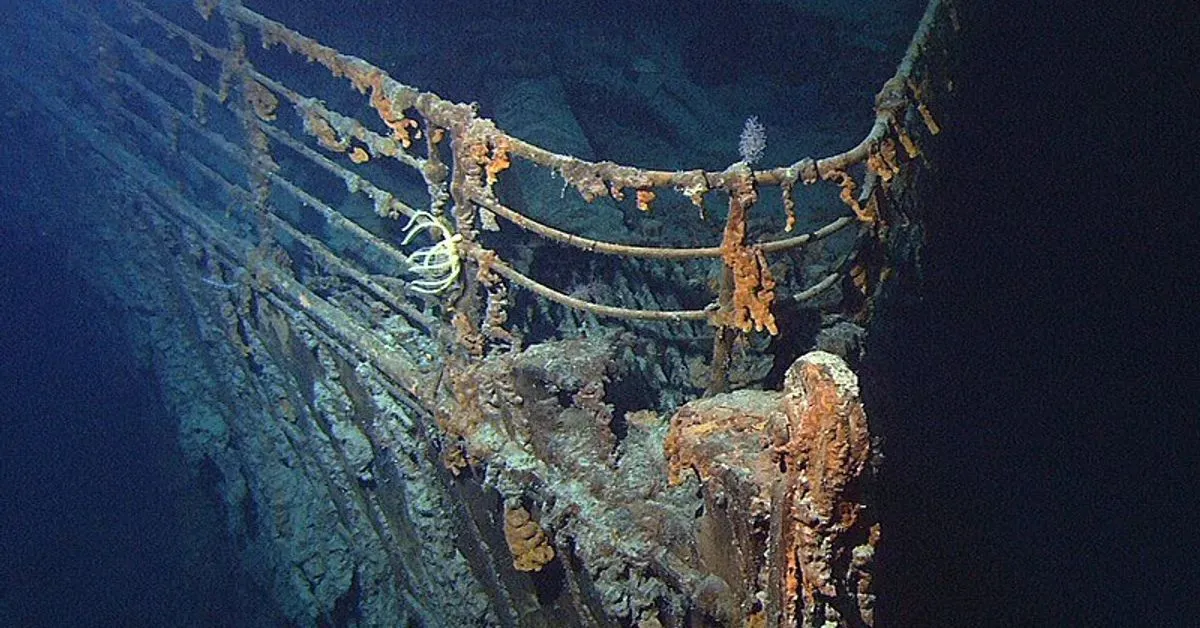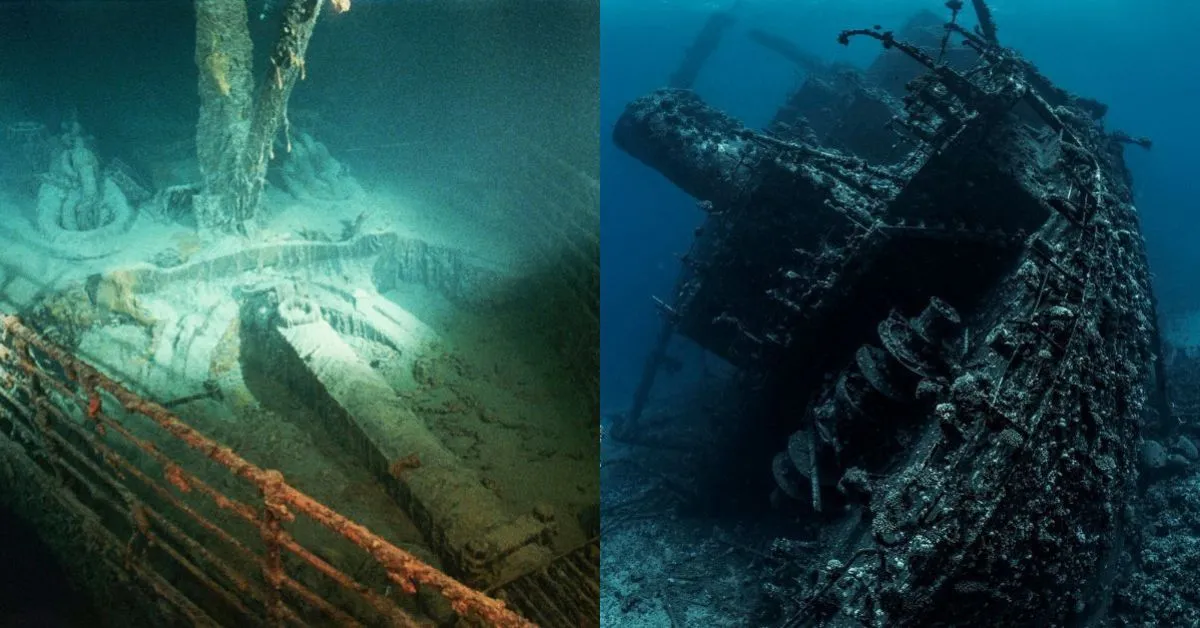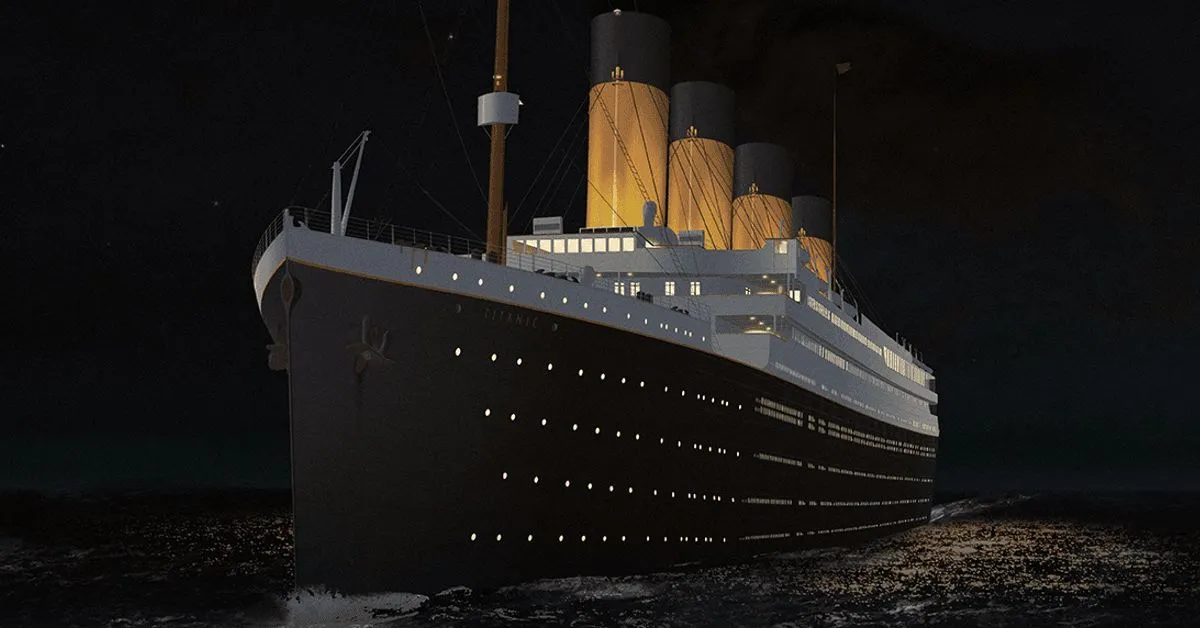In a tragic turn of events, the missing Titan submersible, which was headed towards the Titanic wreckage, suffered a catastrophic implosion, resulting in the loss of all five crew members on board. Last week, on Thursday, June 22, the US Coast Guard confirmed the devastating news.
During the search operation for the missing submersible, a debris field was discovered on the ocean floor, providing evidence of the destructive implosion. The US Coast Guard verified the findings, confirming the heartbreaking loss of the crew members.
It is now unlikely that their bodies will ever be recovered, as they have perished in the unforgiving depths of the ocean.
The Titan Sub’s Implosion
The company responsible for the ill-fated voyage released a statement, revealing that the crew members had perished in an implosion under the deep sea. Experts have since offered insights into why and how such an implosion could have occurred, shedding light on the fate of the five individuals on board.
According to Ofer Ketter, a seasoned submersible expert and co-founder of private sub company Sub-Merge, the implosion was likely a result of the pressure chamber, where the passengers were seated, not withstanding the intense pressure due to its construction material.

The chamber imploded and disintegrated, while other parts of the submersible made of materials like titanium and steel remained intact.
The implosion was instantaneous and occurred within a fraction of a second, leaving the crew members unaware of the event unfolding around them. The sudden increase in pressure would have been too rapid for their brains to register any pain, making it a tragic but swift end.
Why Did The Titan Sub Implode but the Titanic Didn’t?
The tragic incident prompted questions about why the Titanic, despite sinking, did not experience a catastrophic implosion like the Titan submersible. The answer lies in the difference in design and the forces at play.
The implosion of a submersible is caused by a sudden change in pressure. While the Titan submersible was designed to withstand pressures up to 1,000 psi, it is possible that the pressure inside exceeded this limit, leading to the implosion.
The immense pressure at the depths of the ocean, which is around 400 times greater than at sea level, exerted a force on the submersible’s surface that surpassed the vessel’s structural integrity.
Physics Professor Arun Bansil explains that when the force on the surface of a submersible due to water pressure exceeds the vessel’s strength, it implodes violently. Implosions occur when the internal pressure of an object surpasses the external pressure.

In the case of the Titanic, while parts of the ship did implode, the overall structure of the vessel was more robust and capable of withstanding the immense pressures of the deep sea. The design and construction of the Titanic, coupled with its massive size, allowed it to withstand the forces exerted by the ocean depths.
It is important to note that the Titanic sank due to a combination of factors, including the impact with the iceberg and subsequent flooding. The implosion of a submersible and the sinking of a ship are different phenomena, influenced by various variables such as design, construction, and external forces.
In conclusion, the implosion of the Titan submersible was a tragic event caused by a sudden change in pressure that exceeded the vessel’s structural limits. The Titanic, on the other hand, was built to withstand the immense pressures of the deep sea, preventing a catastrophic implosion.
The stark difference in design and the forces at play explain why the two vessels had different outcomes as they sank. The incident serves as a reminder of the challenges and risks associated with deep-sea exploration and the importance of robust engineering in such endeavors.









